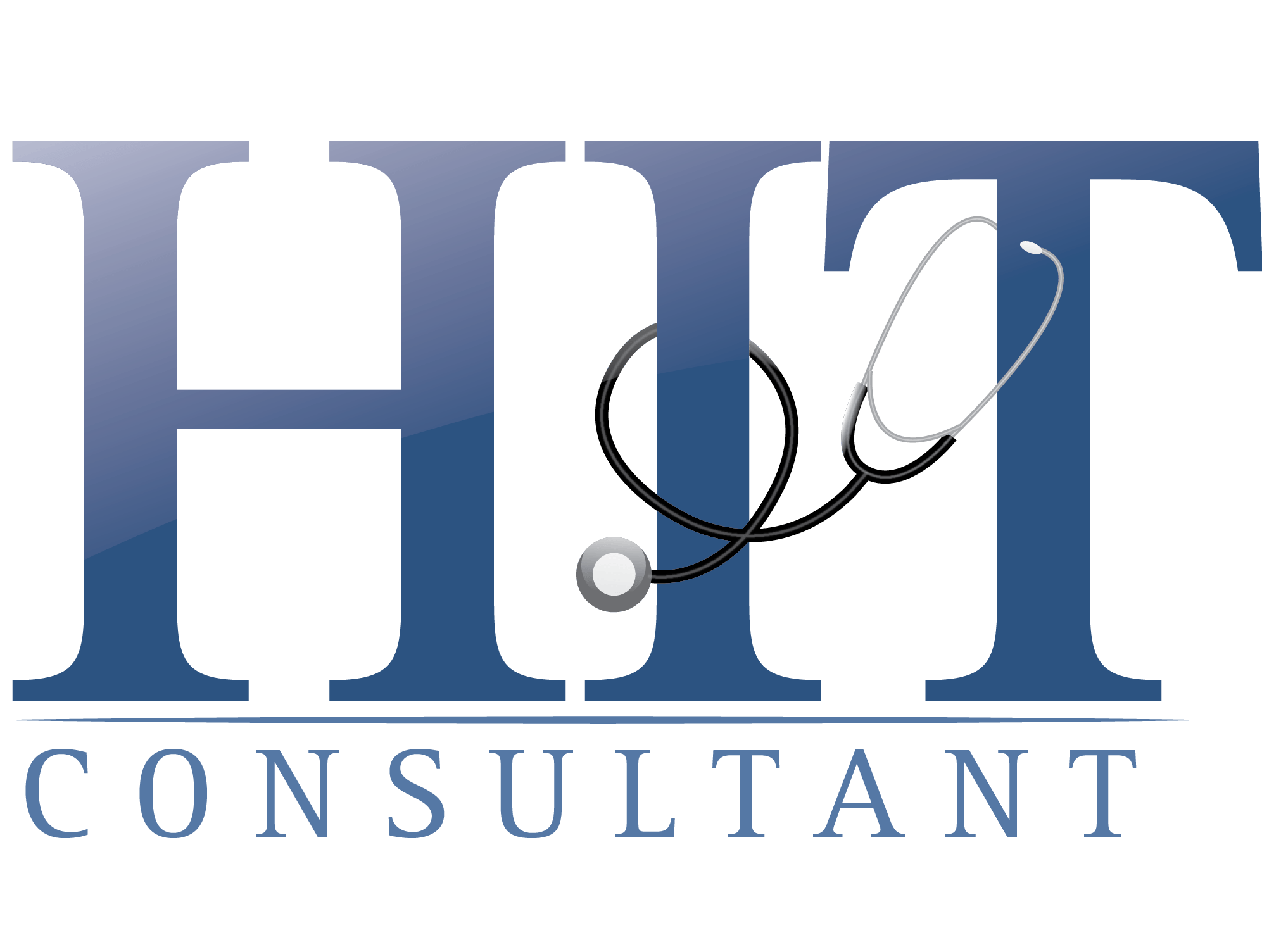Women who didn’t have risk factors going into pregnancy are experiencing maternal health complications at higher rates than ever before. They are particularly vulnerable to blood pressure complications. Rates of newly developed and chronic maternal high blood pressure skyrocketed from 2007 through 2019, and show no signs of slowing.
Hospitals are re-evaluating their standard approaches to Hypertensive Disorders of Pregnancy (HDP) as a result. The early identification and
Read More
Health IT & Digital Health-Opinion | Op-Eds | Guest Columns | Analysis, Insights - HIT Consultant
Why Nurse Leaders Deserve a Seat at the AI Table
AI is unlocking new possibilities for care delivery. As the frontline guardians of patient care, nurses play a critical role in ensuring AI solutions effectively address healthcare’s most pressing challenges. To fully harness AI’s potential, healthcare organizations must bring nurses, other clinicians and nurse leaders to the decision-making table.
Evaluating the Healthcare Landscape
In the last year alone, healthcare organizations faced over 700 data breaches, a nearly 21% turnover
Read More
Transparency in Healthcare: Why It’s Essential for Patient Trust
Healthcare organizations need patient trust to operate successfully, and a lack of transparency is the biggest threat to maintaining the good faith of the people they serve. Whether it’s pricing, treatment methods, drug costs, or even the efficacy of medications, patients often feel left in the dark. And in an industry where life-altering decisions hinge on trust, transparency isn’t just a nice-to-have—it’s critical.
When patients receive medication, they should be confident that it was
Read More
Healthcare Downtime: The Cost of Digital Failures and Threats to Patient Safety
If we learned anything from the CrowdStrike fiasco of July 2024, it’s how much our daily lives depend on digital systems and how that reliance can spell disaster when these systems fail. Flights were grounded, banking systems went down, and hospitals and healthcare clinics were forced to delay or even cancel services.
Delta lost an estimated $380 million in revenue for its September quarter. But the stakes are even higher in healthcare, where digital platforms have become the backbone of
Read More
With RCM Staff in Short Supply, Is AI the Missing Piece?
A hefty 63% of healthcare providers are grappling with revenue cycle management (RCM) staffing shortages, causing significant operational and patient-care challenges across the healthcare system.
The staffing deficit has created a challenging cycle: understaffed RCM departments struggle to handle claims denials, leading to delayed reimbursements and increased administrative costs. When staff members spend excessive time investigating and correcting denied claims, it prevents them from
Read More
The Future of Cardiology: Virtual Group Care for Better Patient Access
We have a problem. Millions of Americans—especially women—are trapped in a healthcare system that cannot see them, hear them, or treat them in time.
Nearly half of U.S. counties don’t have a single cardiologist. That means 22 million people live in a cardiology desert, with no access to a specialist for heart disease—the leading cause of death in women. In many places, a patient with worrisome symptoms may have to wait months for an appointment.
This is more than just a physician shortage
Read More
How 3D Modeling is Transforming Medical Imaging and Diagnosis
In the 21st century, we are fortunate to benefit from perpetual advances in medicine. Researchers continue to discover new procedures and treatments, and those advances often rely on technology. Improvements in hardware, internet speeds, interconnected devices, and artificial intelligence all contribute to higher efficiency, personalization, and accessibility in treatments.
Technologies such as advanced imaging and modeling (AIM), augmented reality/virtual reality (AR/VR), 3D printers,
Read More
Roadmap for Implementing Practical AI Uses in Home Healthcare
There’s a common trap that businesses can fall into when it comes to technology – everyone wanting everything, all at once. At a time when new, cutting-edge platforms and services are introduced at a lightning pace, it’s easy to get distracted by the “shiny new object” that may not have practical application for your business – leading to wasted time and resources.
Leaders across all levels and functions of a company know they need to have technology to enable their processes. But for those
Read More
Real-Time AI for Healthcare Agents: Improving Patient Interactions
When cold and flu season intensifies, calls to healthcare contact centers surge. Patients and policyholders need help with appointments, insurance, prescriptions, billing, and more. That places added pressure on agents, whom patients rely on for accurate and empathetic service.
Strong customer service is important in every industry, of course, but in healthcare, there’s extra urgency because every interaction may involve situations with serious medical and/or financial consequences.
Read More
How to Balance AI and Human Expertise in the Middle Revenue Cycle
While artificial intelligence (AI) can automate many functions within the middle revenue cycle, there remains a need for human expertise to manage complex, nuanced decisions to ensure high accuracy and proper context. Ultimately, AI should complement – not replace – humans to drive greater efficiency without compromising quality.
In revenue cycle management (RCM), the middle cycle refers to the phase between the front end, which is patient access and care delivery, and the back end,
Read More










